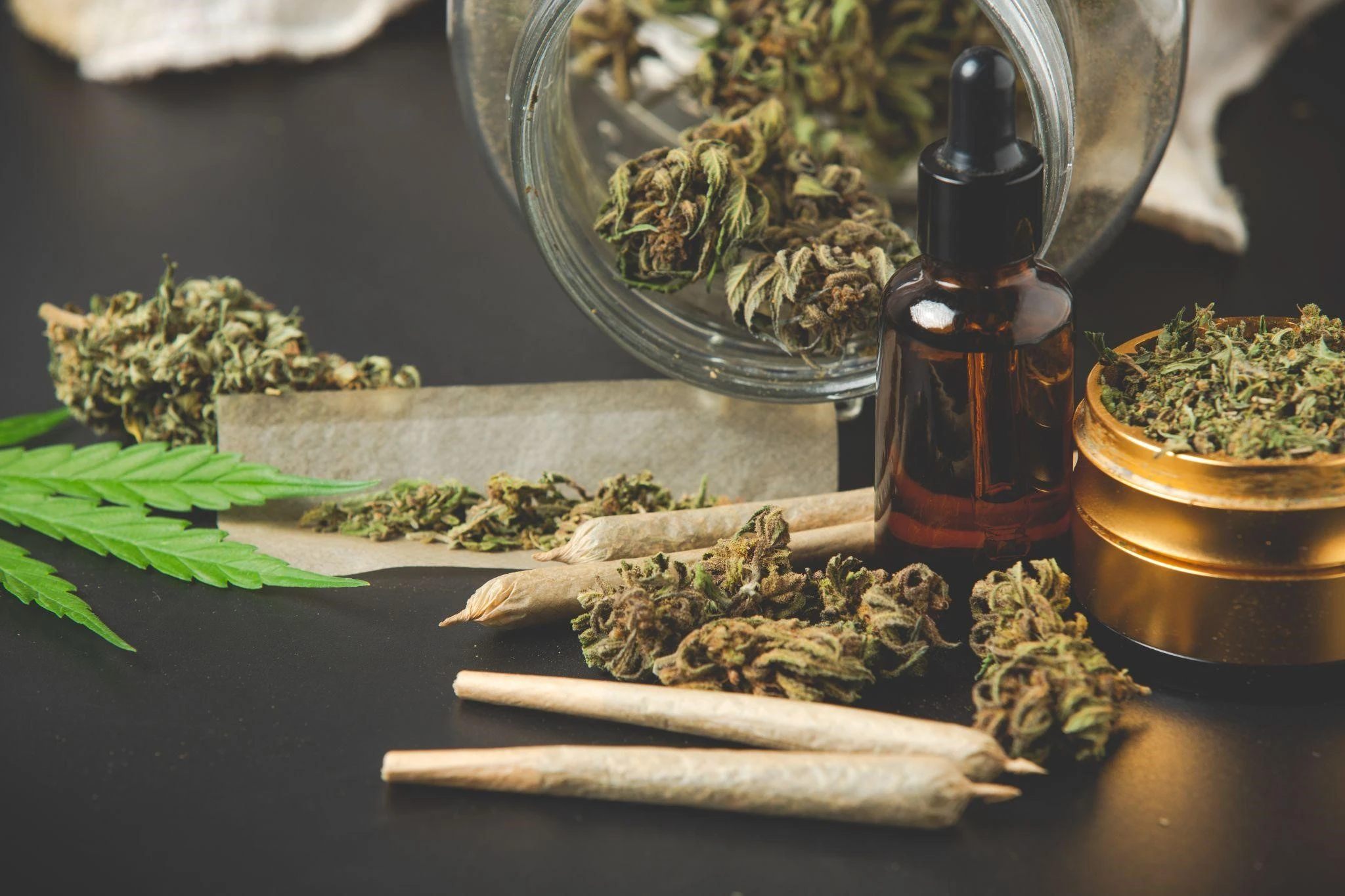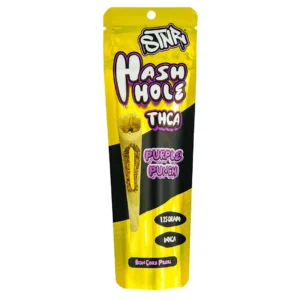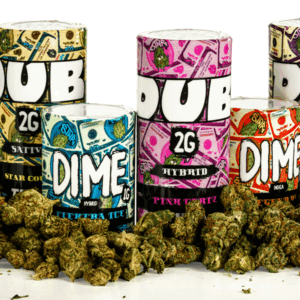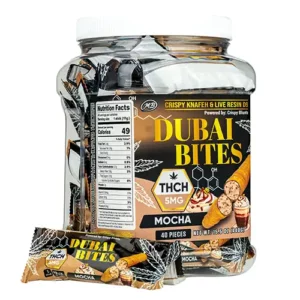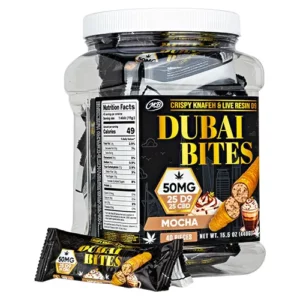Cannabinoids, the active compounds found in cannabis, have garnered significant attention for their diverse effects on the human body and mind. As the cannabis industry continues to evolve, researchers and consumers alike are keenly interested in understanding which cannabinoids offer the most potent effects. This article delves into the strongest cannabinoids identified in 2025, highlighting their potency, effects, and implications for both recreational and medicinal use.
Understanding Cannabinoid Potency
Cannabinoid potency refers to the strength of a cannabinoid’s effect on the human body, particularly its ability to bind to cannabinoid receptors in the brain and nervous system. These receptors, primarily CB₁ and CB₂, play crucial roles in regulating mood, pain, appetite, and other physiological processes. The potency of a cannabinoid is often measured by its binding affinity to these receptors and the resulting physiological effects.
Top Potent Cannabinoids Identified in 2025
-
THCP (Tetrahydrocannabiphorol)
THCP has emerged as one of the most potent naturally occurring cannabinoids. Research suggests that THCP is up to 33 times more potent than delta-9 THC, the primary psychoactive compound in cannabis . Its high potency is attributed to its seven-carbon alkyl side chain, which enhances its binding affinity to CB₁ receptors.
-
THCP (Delta-9-THCP)
THCP is another naturally occurring cannabinoid that has gained attention for its potency. It is reported to be 30 times stronger than delta-9 THC, producing intense psychoactive effects. Due to its potency, THCP is typically included in cannabis products in small amounts to ensure a safe and enjoyable experience .
-
HHC-P (Hexahydrocannabiphorol)
HHC-P is a semi-synthetic cannabinoid derived from hemp. It is chemically similar to THCP but has a different structure, making it more bioavailable and easily absorbed by the body. This increased bioavailability results in HHC-P being approximately 30 times more potent than delta-9 THC, offering a powerful high with deep relaxation and cerebral euphoria .
-
THC-B (Tetrahydrocannabutol)
THC-B is a lesser-known cannabinoid that has shown to be nearly 30 times more potent than delta-9 THC. It is derived from the hemp plant using extraction methods similar to those used for Delta-8 THC. Due to its high potency, THC-B is included in cannabis products in minimal amounts to ensure a positive and safe experience .
-
MDMB-4en-PINACA
MDMB-4en-PINACA is a synthetic cannabinoid that acts as a potent agonist of the CB₁ receptor. In vitro studies have shown that it is approximately 2.5 to 3 times stronger than JWH-018, a well-known synthetic cannabinoid, in terms of CB₁ receptor activation. Its high potency and selectivity for CB₁ receptors make it a subject of concern due to potential adverse effects .
-
AB-CHMINACA
AB-CHMINACA is an indazole-based synthetic cannabinoid that is a potent agonist of both CB₁ and CB₂ receptors. It has been reported to be 16 times more potent than delta-9 THC in animal studies. Due to its high potency and potential for abuse, AB-CHMINACA is classified as a Schedule I substance in several countries .
-
KLS-13019
KLS-13019 is a cannabidiol derivative that has been modified to improve its solubility and tissue penetration properties. It is found to be 50 times more potent than cannabidiol as a neuroprotective agent. This enhanced potency makes KLS-13019 a promising candidate for the treatment of neuropathic pain and other neurological disorders .
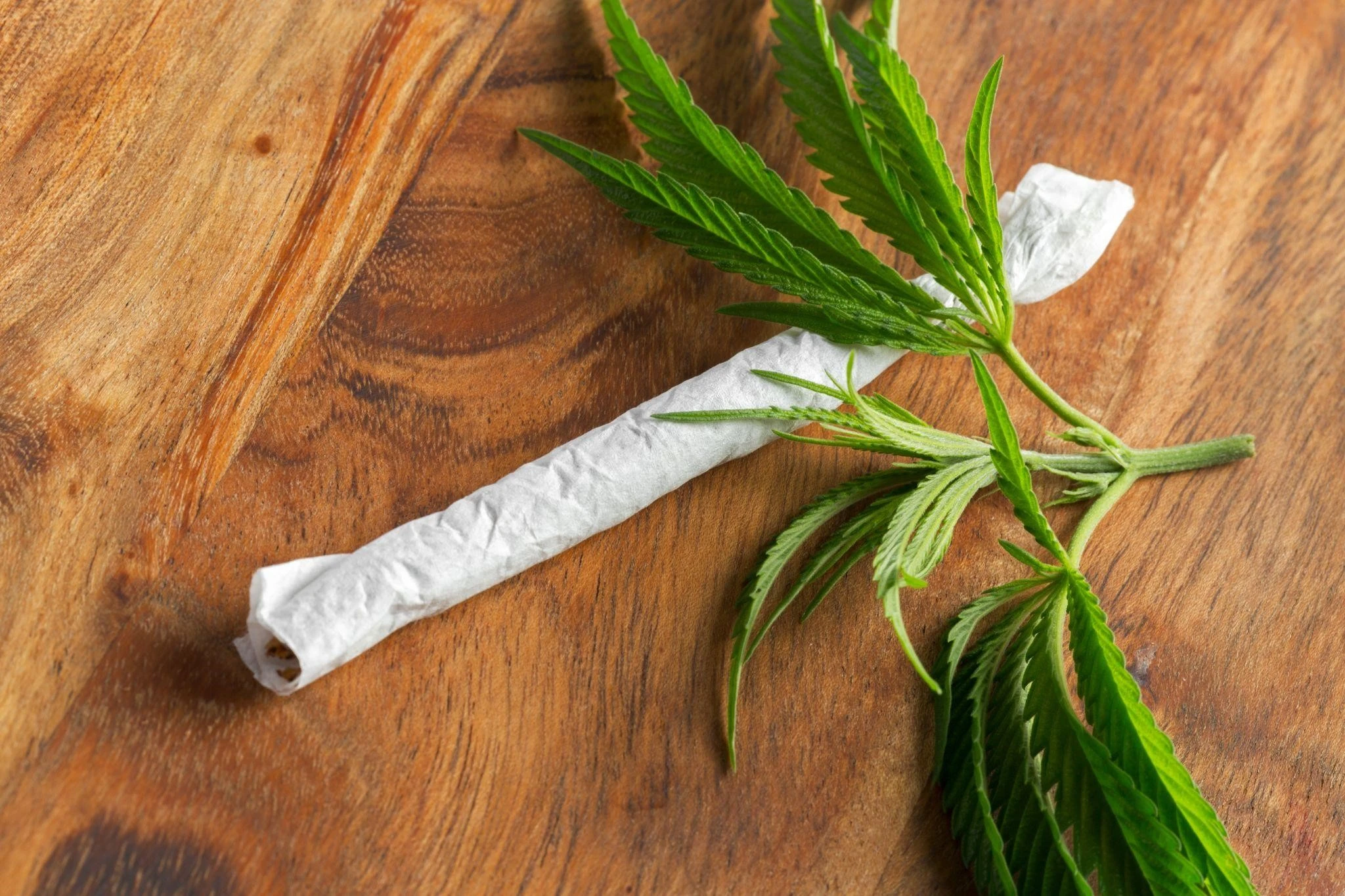
Implications of High-Potency Cannabinoids
Recreational Use
The availability of high-potency cannabinoids has significantly impacted the recreational cannabis market. Consumers seeking more intense psychoactive effects are turning to products containing cannabinoids like THCP, THCP, and HHC-P. However, due to their potency, these cannabinoids can lead to stronger and potentially overwhelming effects, especially for inexperienced users.
Medical Use
In the medical field, high-potency cannabinoids offer potential benefits for patients requiring strong therapeutic effects. For instance, KLS-13019’s enhanced neuroprotective properties make it a candidate for treating conditions like neuropathic pain. However, the potent effects of cannabinoids like THCP and THCP necessitate careful dosing and monitoring to avoid adverse reactions.
Safety Concerns
The potency of cannabinoids also raises safety concerns. Synthetic cannabinoids, in particular, can have unpredictable effects and pose significant health risks. For example, MDMB-4en-PINACA and AB-CHMINACA have been associated with severe adverse effects, including psychosis and cardiovascular issues. These risks underscore the importance of regulation and quality control in the production of cannabinoid-based products.
Conclusion
The identification of the strongest cannabinoids in 2025 has expanded our understanding of cannabis’s potential effects. While cannabinoids like THCP and THCP offer potent psychoactive effects, they also come with increased risks, particularly for inexperienced users. As research continues, it is crucial to balance the exploration of these potent cannabinoids with considerations for safety and regulation. Consumers and healthcare providers must stay informed about the evolving landscape of cannabinoid potency to make safe and informed decisions.
